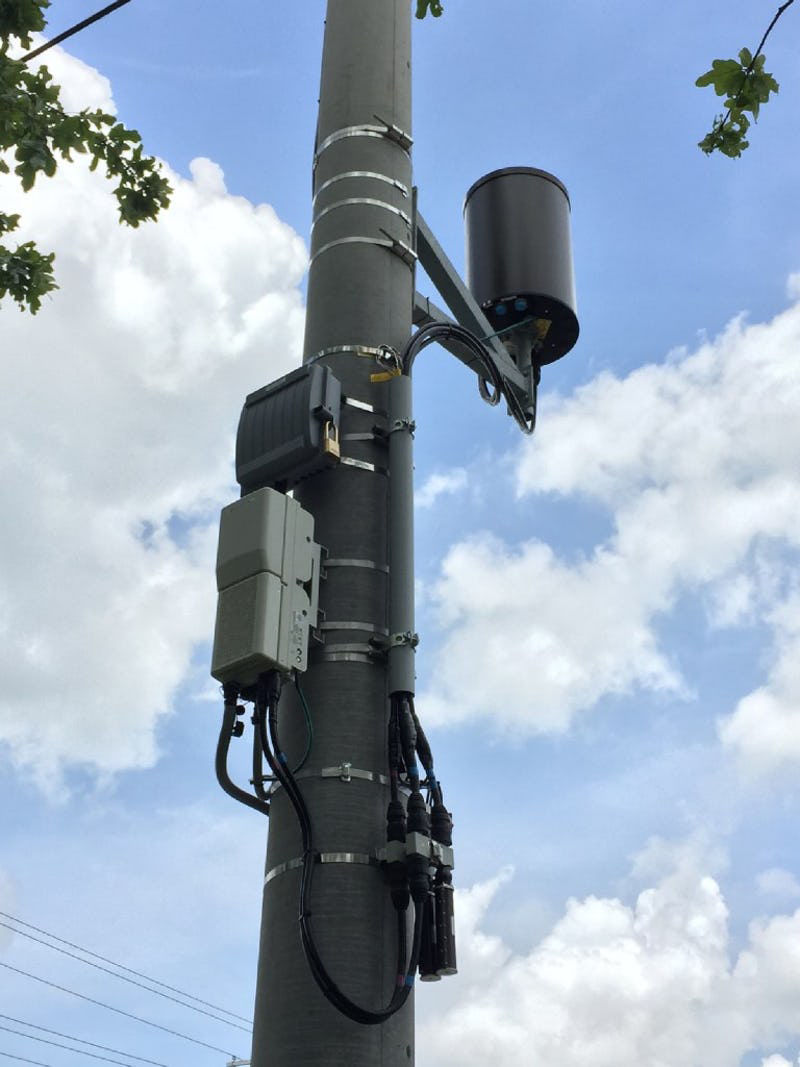If you've ever walked through a town you might have noticed tiny cell towers for 5G placed on poles for street lighting. They appear like tiny boxes however, they're actually transmitting wireless signals from cell phone providers to your mobile.
The smaller ones are being replaced by the larger, purpose-built cell towers. While they're less noticeable, they still can create problems for those who live nearby.
It is the Federal Communications Commission's Radiation Exposure Thresholds
The FCC's Radiation Exposure Thresholds define the safe distance that one can expose to electromagnetic energy generated by wireless devices. The limits for exposure are based upon scientific research that show that RF energy could be harmful to health.
The absorption rate specific (SAR) is an indication of the radiofrequency energy absorption by tissues. It's typically 1.6 milliwatts per kilogram calculated over one Gram of tissue.
But, since 5g operates at higher frequencies and has the potential to cause greater energy intensity on the skin and other exposed body parts. This can lead to many possible harms, like the appearance of skin conditions like dermatitis, cataracts and skin cancer.
Due to the possible harmful effects of radiation from 5G, PSU has chosen to establish a general, localized maximum power density of four mW/cm2 averaged on 1cm2, and not to exceed 30 minutes for the entire 5G spectrum at 3000 GHz. This localized limit is in accordance with the highest spatial-average SAR of 1.6 W/kg, averaged over one grams of tissues at six GHz.
The FCC's Maximum Exposure Thresholds for Maximum Exposure
If you've ever used a mobile phone, then you're aware that a safe distance from the tower is at least 400 meters. This is because the power of transmission from a cell tower increases dramatically the farther you are from it.
While it sounds like an ideal idea but the truth is that those living close to towers could be more susceptible to health issues. For instance, a study conducted in 2014 in India discovered that those who lived within 50m of cell towers had significant more health issues than those who were distance from them.
But, what is a safe distance from a 5g cell tower showed that residents who moved to areas further away from cell towers noticed their symptoms improve within a couple of days. Other studies have revealed that exposure to high levels of radiofrequency electromagnetic fields (EMFs) can cause brain tumors, cancers and other health issues.
This is due to the fact that radiofrequency radiation, which is utilized for wireless communication, has the ability to penetrate the human body's outer layer, the skin. It is vital to be aware of this because the skin acts as a barrier to protect against injuries caused by mechanical forces, infections caused by pathogenic microorganisms and infiltration of toxic substances. Additionally, it is the largest organ in the human body and is accountable for protecting other organs.

safe distance to live from cell phone tower for the Minimum Exposure
The FCC's Minimum Exposure Thresholds rely on several assumptions that aren't supported by evidence from science. what is a safe distance from a cell tower include the false belief that exposures of a short duration to RF radiation are safe due to minimal penetration into the body (i.e., tissue heating).
This assumption does not take into account the deeper penetration of the ELF parts of modulated RF signals and the effect of brief bursts of heat caused by RF pulses. These assumptions are not in line with the current understanding of biological effects of RF radiation. As such, they should not be considered for health protection exposure standards.
In addition, the ICNIRP and FCC are limiting their maximum limit of exposure to the local SARs based on the peak frequency of absorption (psSAR), which can be described as not a reliable dosimetric instrument to determine the degree of exposure to RF radiation. In particular, psSAR is inaccurate for frequencies that exceed 6 GHz. Additionally, psSAR hasn't been evaluated for RF radiation exposed to other environmental agents such like sunlight. In the event of interactions, RF radiation and other agents in the environment could cause synergistic or antagonistic effects. This can lead to an increased risk of negative health consequences. For example, co-exposure to RF radiation with sunlight may increase the risk of developing skin cancer, and may also exacerbate other skin diseases such as acne.
